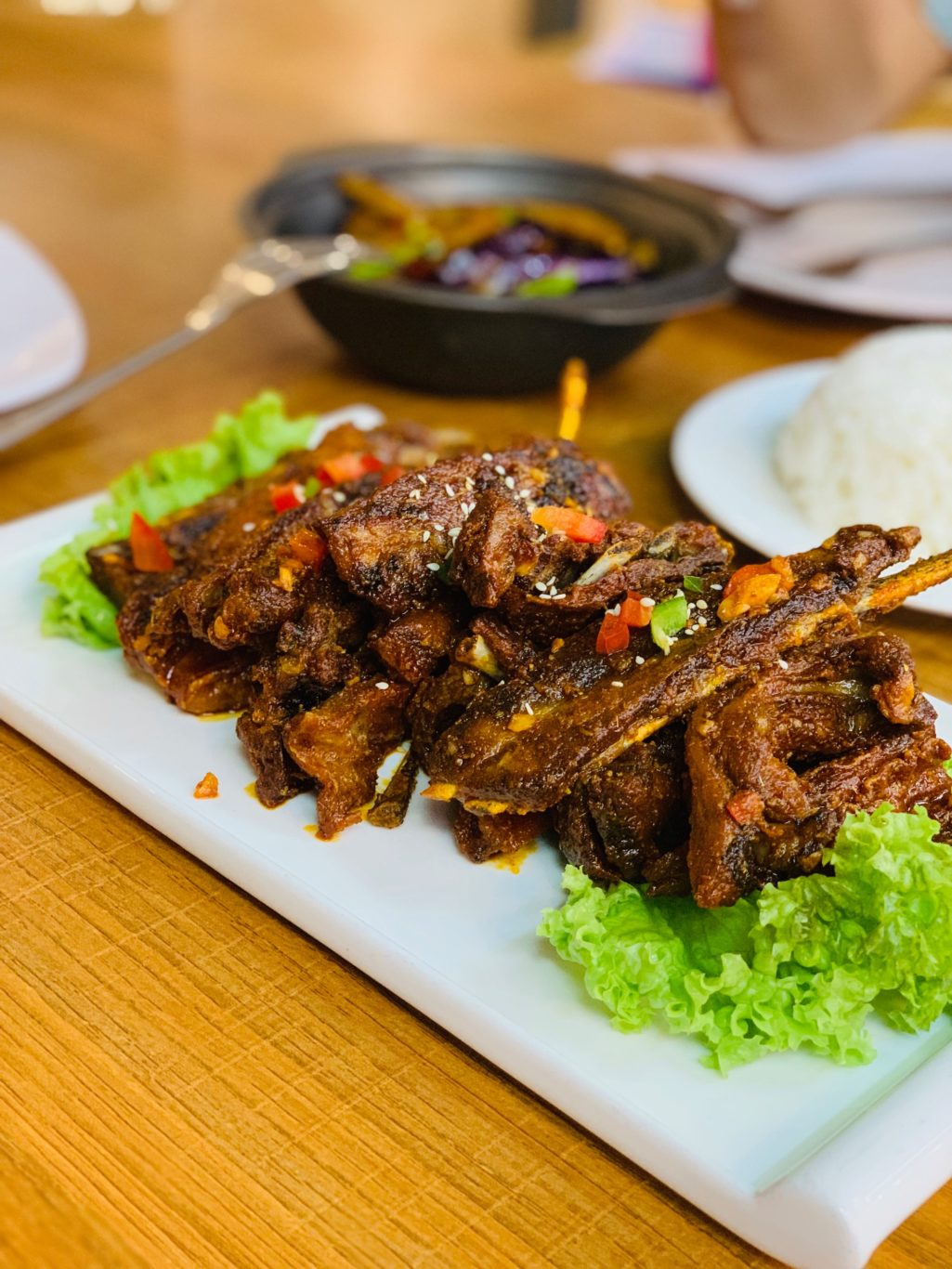Offering a diverse menu isn’t just about the number of offerings you have, but about meeting specific diner needs. We interviewed Marjorie Shamp, the director of campus dining at The College of Wooster, and Johnny McCoy, an executive chef at a Creative Dining college account, about how Creative Dining accommodates diverse diners on their campuses.
Both colleges are highly intentional about accommodating religious dietary needs, plant-based diners, and diners with medical dietary restrictions. Here are some of the ways their dining teams make the dining halls welcoming for their diverse student populations.
Religious Dietary Restrictions
Many of our accounts strive to accommodate diverse diners that follow Islam or Judaism. Some Muslim and Jewish people follow halal and kosher food rules, respectively, as dictated by the Islamic and Jewish dietary laws.
While they are similar, the two have a few differences:
| Halal (Islam) | Kosher (Judaism) | |
|---|---|---|
| Animals prepared as food must be raised a specific way, healthy, and dispatched in an ethical way. | Preparation | Animals must be butchered by someone trained in the practice in accordance with Jewish laws. |
| No foods containing blood/alcohol or certain types of meat including pork, birds of prey, most reptiles, carnivores, and others. | Restrictions | No meat from pigs, horses, rabbits, kangaroos, camels, squirrels, predatory birds, scavenger birds, the hindquarter of a cow, or shellfish. |
| No regulations on food pairings or food preparation. | Cross-contact | No meat and dairy in the same meal. Requires completely separate prep spaces, surfaces and utensils to prevent cross-contact. |
At these college accounts, Creative Dining teams only purchase the halal option for certain types of meat—like chicken—to prevent menu mix-ups. At The College of Wooster, halal meat is also used in all the college’s grab-and-go salads and sandwiches.
While many non-Jewish people may have heard of Passover, not all may know about the Passover Seder dinner. Marking the beginning of the Passover holiday, the dinner often consists of items like hard boiled eggs, nuts and fruit, lamb and other elements to represent different parts of the Exodus story, when the Jewish people left Egypt. The College of Wooster hosts this meal for Jewish students every year, giving them an opportunity to celebrate their faith even when they’re away from home.
“It can be hard to find [kosher and halal] meat and types of foods in the community,” Marjorie said. “If you don’t live in an area with a diverse population or a large Jewish community, true kosher food can be really hard to find. Luckily our partnership with Gordon Food Service makes that a little easier for us!”

Meat-free Dining
If you feel like you’re seeing more plant-based food options in grocery stores and restaurants, it’s because you are! Plant-based food and diets continue to increase in popularity. According to the Good Food Institute, the plant-based foods market is worth a whopping $7 billion, with dollar sales growing 27% from 2020 to 2021.
People are leaning towards plant-based food and plant-forward diets for a variety of reasons, but health is a big one. From lowering blood pressure to preventing diabetes to losing weight, there are many reasons that people choose a plant-based diet. But not all plant-based diets are the same. The two main types are vegan and vegetarian, which are similar with differences:
| Vegan Diets | Vegetarian Diets | |
|---|---|---|
| Meatless. | Meat | Meatless. |
| No dairy or eggs. | Dairy & Eggs | Can consume dairy and eggs. |
| No seafood. | Seafood | No seafood. |
| No consumption of animal-derived products. | Other Animal-derived Products (i.e. honey, gelatin, whey, etc.) | Includes consumption of animal-derived products. |
Despite lingering stereotypes, vegan and vegetarian food goes far beyond a garden salad. In fact, Creative Dining executive chef Johnny is passionate about delighting vegan and vegetarian diners with food they crave.

“I got interested in plant-based food for the challenge of it. I’ve cooked a lot of cultural food, but it wasn’t until I took some courses on vegan and vegetarian cuisine that I really started experimenting with my favorite flavor profiles. You can make a ton of elevated recipes by swapping out ingredients and replacing meat with a vegan or vegetarian protein!”
He says that at his college menus have similar-looking food options at their “regular” food counter and a very similar plant-based option at the vegan/vegetarian station. “You might have two friends sitting next to each other eating what looks like the same thing, but one of them is eating a pulled pork sandwich while the other is eating a pulled jackfruit sandwich. You wouldn’t even know!”
They regularly offer plant-based versions of chicken tikka masala, grilled chicken, breakfast sausages, and homemade dairy-free macaroni & cheese. Johnny happily invites the kitchen’s vegetarian team members to help come up with new and interesting alternatives that compliment their meat-based menu items. It keeps their plant-based menus fresh, fun, and—most importantly—delicious!
Supporting Community and Culture Through Dining
The ability to accommodate diverse diners is necessary to having a diverse student population. “We recruit and reach out to a highly diverse population,” Marjorie said, “and our students expect dining services to understand and accommodate a variety of special dietary needs.”
Offering diverse food options also helps expand other students’ cultural horizons through food. Marjorie has seen students who were apprehensive about trying food labeled “halal” because they didn’t understand what halal food was and worried they might not like it. Having a wide variety of cultural foods creates space for expanding foods diners enjoy for diners.
“This isn’t your stereotypical ‘lunch lady’ food. The food we put out here to be plated and served properly could be served in fine dining, and we compose our own recipes just like a restaurant might.” Johnny said. “We try to elevate all the foods we offer, and we want that experience to be available to anyone, even if they have specific dietary needs. We want to make all our students as happy as possible.”
If you’re interested in finding more ways to creatively excite your diverse diners’ palates, regardless of their dietary restrictions, reach out to us. We’d love to hear about what your diners desire.


